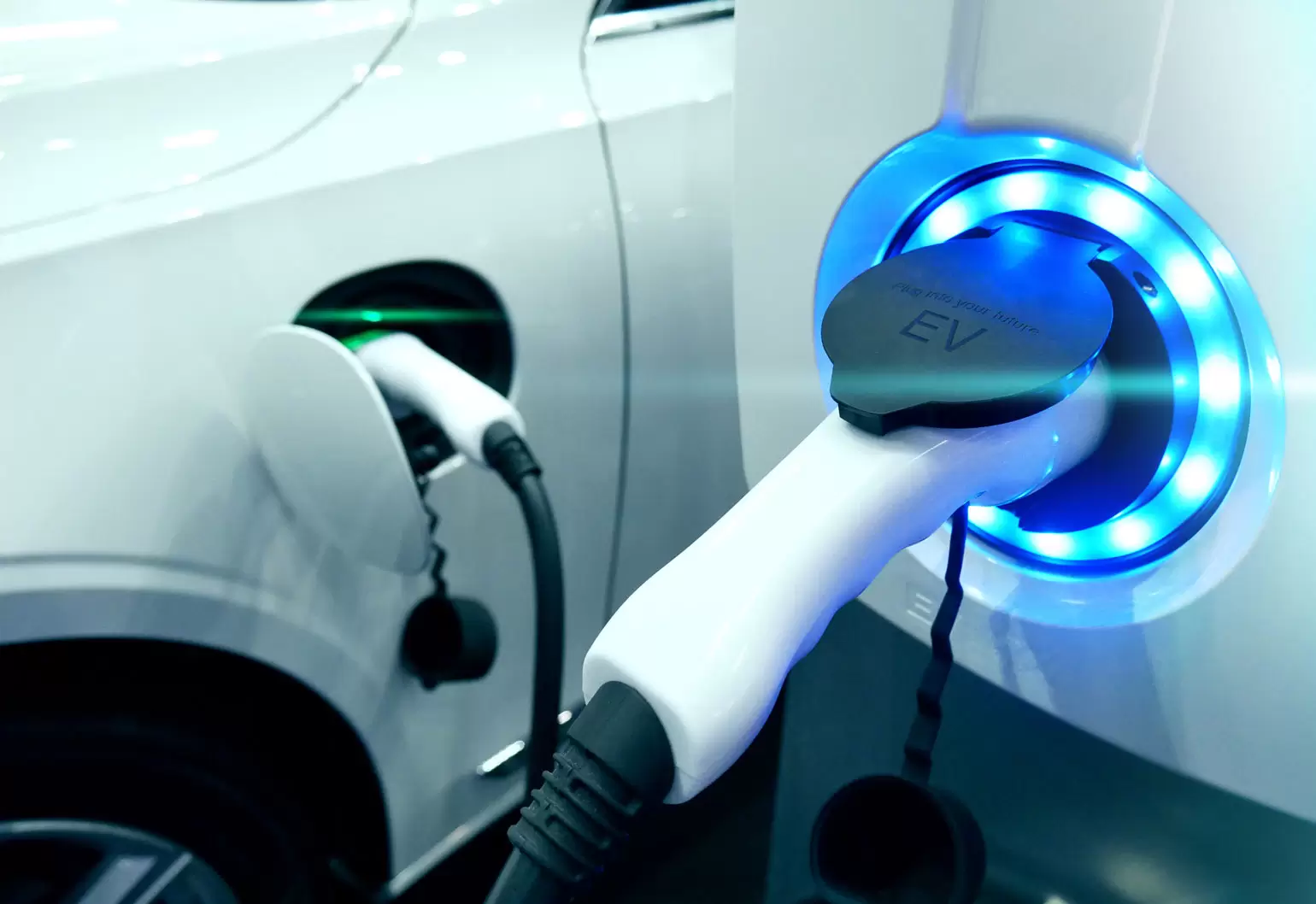Brisbane-based electric vehicle charging company Tritium was recently recognised as the 2018 Premier of Queensland’s Exporter of the Year. But what does this mean for the local electric vehicle market?
Tritium – which also took home this year’s Queensland Export Manufacturing Award – was founded 17 years ago by three computer systems engineers from University of Queensland. The company moved into electric vehicle (EV) chargers in 2014 and has grown rapidly. They now have chargers installed in 26 nations, with 98 per cent of their $34 million revenue generated through export sales.
Tritium co-founder and Engineering Director James Kennedy told create the high proportion of export sales was partly an indication of the small EV industry in Australia, but also reflects the capability of Australian companies to export this technology to the world.
This year, Tritium sealed a deal to provide up to 400 high-powered chargers to be deployed across Europe. They were also selected as a partner in a ‘game-changing’ US project to establish a network of high-powered chargers that could make topping up an EV as quick and convenient as pulling in to a petrol station.

While Kennedy doesn’t see the publicity flowing from the Queensland Export Awards as making a huge difference to Tritium’s share of the Australian EV market, he said it could stimulate the local EV industry as a whole.
“I don’t know if directly [this award] makes a difference for Tritium, but I think that indirectly it will help by encouraging more people to think seriously about electric vehicles and their charging infrastructure,” he said.
Rapidly growing market
Kennedy explained that Tritium is in a unique position as the only Australian manufacturer of EV charging tech.
“If people are installing EV chargers here and want to have a locally made product we’ve got the world’s best manufactured right here in Brisbane,” he said.
He said that while high-power electronics was a highly specialised area, Tritium isn’t concerned about more Australian companies entering the charging market.
“At the moment, the market is big enough for everybody. The rate of growth and expansion in the amount of electric vehicles on the roads, and therefore the charging infrastructure required, is happening at an enormous rate,” he said.
Taking electric vehicles seriously in Australia
Tritium has been a technology partner in two significant local projects. One is supplying 17 of the 18 chargers in the Queensland State Government’s ‘Electric Super Highway’, which stretches from Brisbane to Cairns. The other is providing at least 40 Veefil RT-50kW fast chargers for NRMA’s rollout across NSW.

According to NRMA Chief Investment Officer Rachel Wiseman, the NRMA’s regional rollout began in June with a dual charging station at Wallsend.
“Since then, we’ve opened stations at Jindabyne, the Hunter Valley and Mittagong, with more to come over the next two years. These chargers are a part of our $10 million investment to build one of the nation’s largest fast charging networks across NSW and the ACT,” she said.
Wiseman explained the aim of the NRMA is to ensure around 95 per cent of EV journeys will be within 150 km of a fast charger.
Kennedy said the NRMA rollout was a “very big deal” for the local market as an indication that EVs are starting to be taken seriously in Australia.
“The network that NRMA is rolling out in NSW is showing the right signs to the general public that an electric car is something you should consider for your next vehicle,” he explained.
Kennedy believes the emphasis of both the NSW and Queensland charging networks shows potential EV owners that organisations are now willing to spend money to make this technology a “serious contender”.
And with local car manufacturing at an end, it’s important to be prepared for change. Wiseman pointed out that global manufacturers have shifted their focus to electric and hybrid technology, and the NRMA rollout will help motorists prepare for a transition to EVs with accessible chargers in practical locations.
“While Australia’s EV market is still in its infancy, there’s no denying this is the future of motoring,” Wiseman said.



